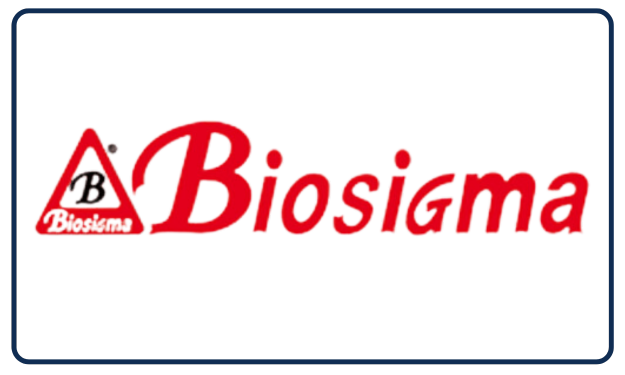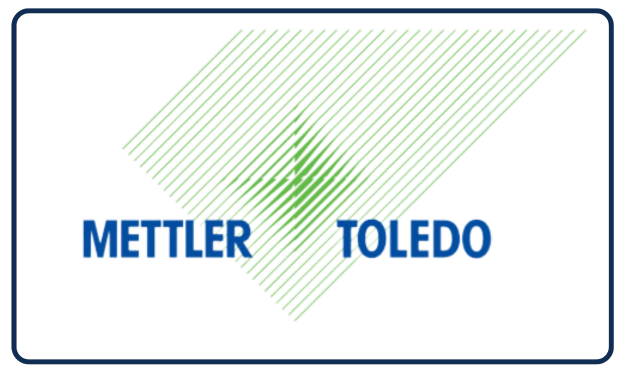Functional genomics at single cell resolution
Study the complexity of development, disease, gene function, and therapeutic response at single cell resolution. Single cell CRISPR screens enable scalable, comprehensive readouts of cellular phenotypes directly assessing both the specific CRISPR-driven gene edits or knockdowns and the resulting perturbed phenotypes, including gene expression and cell surface proteins.

Workflow
Design your CRISPR library
Pick the target genes whose function you’d like to further investigate—from a deep dive into a focused set of tens of genes to a broad screen of hundreds of genes that comprise many pathways. Then, design your sgRNAs to order, with one of many freely available CRISPR guide RNA design tools.
Prepare your sample
Transduce and stimulate your cells—infect your cells, select the cells expressing your CRISPR guide, and apply your stimulus. Harvest your cells, and start exploring across hundreds of thousands of cells. Follow best practices for washing, counting, and concentrating cells to minimize the presence of cellular aggregates, and retrieve high-quality single cell suspensions.
Construct your 10x library
Construct a 10x barcoded library using our reagent kits and a compatible Chromium instrument. Each member of the Chromium instrument family encapsulates each cell with a 10x barcoded Gel Bead in a single partition. Within each nanoliter-scale partition, cells undergo reverse transcription to generate cDNA for both mRNA and CRISPR guides, each of which shares a 10x Barcode with all cDNA from its individual cell of origin.
Sequence
Sequence the resulting 10x barcoded library on compatible standard NGS short-read sequencers for massive transcriptional profiling of hundreds of thousands of individual cells.
Analyze your data
Use our Cell Ranger analysis software to automatically assign guides on a per cell basis and directly assess perturbation effects of a guide on the target gene as well as the entire transcriptome.
Visualize your data
Interactively explore your results with our Loupe Browser visualization software. Study expression patterns for genes of interest as well as resulting perturbation phenotypes across guide targets, and perform comparative analysis between clusters and samples.
















